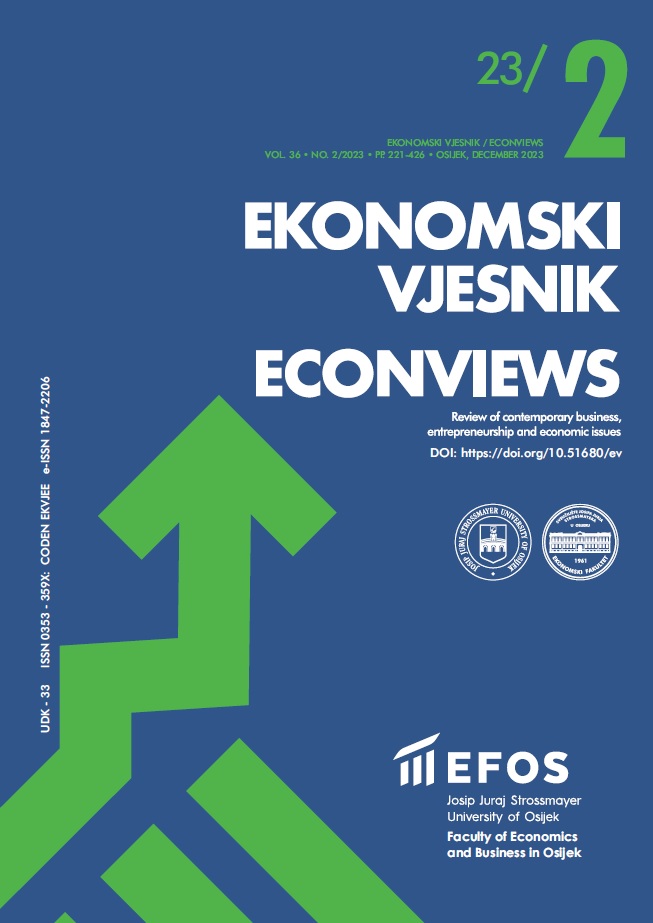Smartphone activities in predicting tendency towards online financial services
Smartphone activities in predicting tendency towards online financial services
Author(s): Ivana Đurđević Babić, Ivana Bestvina Bukvić, Ivan Zeko PIvačSubject(s): Economy, Financial Markets, ICT Information and Communications Technologies
Published by: Sveučilište Josipa Jurja Strossmayera u Osijeku, Ekonomski fakultet u Osijeku
Keywords: smartphone activities; online financial services; neural networks; online payments;
Summary/Abstract: Purpose: Considering the rapid progress of information and communication technology (ICT) and its influence on daily life, it is inevitable that its impact will also be visible in the financial sector, especially through efforts to present digital financial services as widely as possible and bring them closer to potential users. Therefore, the aim of this study is to investigate university students’ smartphone activities, their use and attitudes towards digital financial services, and to build a neural network model capable of distinguishing students according to their awareness of the benefits related to using online financial services. Methodology: An online questionnaire was applied to collect data on students’ smartphone activity and their tendency to use online financial services. Depending on the variable type, the Kruskal-Wallis H test and Kendall’s tau-b were used to assess the association between variables, while multilayer perceptron and radial basis function neural networks were used for the creation of the optimal model. Results: Participants in this study achieved an average score of 6.56 (SD = 1.27) for smartphone activity, and the results showed that the optimal neural network model obtained had an overall accuracy of 70.73%. However, smartphone activity did not have an excessive effect on the efficiency of this model. Conclusion: The obtained neural network model and its sensitivity analysis managed to reveal some hidden patterns which could be beneficial to educators in terms of improvements of students’ digital and financial literacy as well as to the financial sector in terms of increasing performance and interest of this population in digital financial services.
- Issue Year: 36/2023
- Issue No: 2
- Page Range: 285-298
- Page Count: 14
- Language: English

